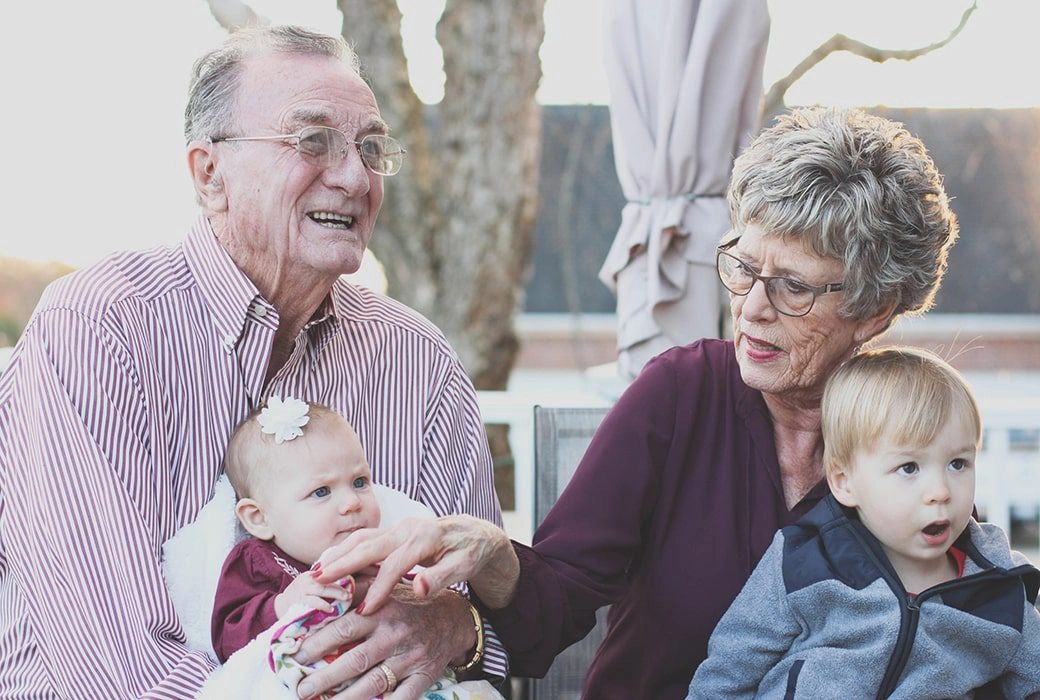If it hasn’t happened to you yet, it probably will. Those aches and pain that seem to crop up more often as we get older. Fortunately, you have resources and your Anchorage chiropractor is one of them.
Someone once joked that we sound like Rice Krispies as we get old, what with all those snap, crackle and pop noises going on!
Unfortunately, once it does happen to you, it’s not all that funny.
You might have been told that those noises are just the normal aches and pains of aging, but it doesn’t have to be that way.
One look at online videos will show you that there are millions of people over 40, 50, even past 75 who still engage in strenuous exercise regularly. You might ask yourself how they manage to do those activities and the answer is that more than likely, they know the 5 secrets of preventing pain as you age.
Why Does Old Age Stiffness Happen?
As we grow older, our joints can become less flexible, stiff, and painful for several reasons.
1) Common Health Conditions
✓Rheumatoid Arthritis-Which is an inflammation of the joints
✓Osteoarthritis-This condition causes the cartilage in the joint to break down
✓Osteoporosis-When the bones become brittle and lose density, fractures are more common
✓Osteomalacia-This condition stems from a lack of or problems metabolizing vitamin D, causing the bones to soften
2) Muscle Changes
Unless we are engaging our muscles on a regular basis through work or exercise, our muscles lose both size and strength. This can lead to a shortening of the muscle tissue, which puts added pressure on the joints.
3) Other Age-Related Issues
When we are young, our joints do not allow bones to rub against each other directly. Depending on the joint, they are cushioned by cartilage or discs and membranes, and a lubricating fluid inside each joint that keeps things moving smoothly.
As we get older, our bodies slow down the production of lubricating fluids and cartilage becomes thinner, causing it to lose flexibility, which results in stiffness.
4) Injuries
Injuries that occur to the joints when we are younger can cause pain and problems years later. Surgery is sometimes necessary while other times lifestyle changes, such as losing weight, can reduce the pain caused by damaged joints. Other types of therapy, such as massage, chiropractic care, or acupuncture, can also improve joint function.
Injuries can occur at any age, so while they might not cause us pain until years later, injuries are not a part of growing old.
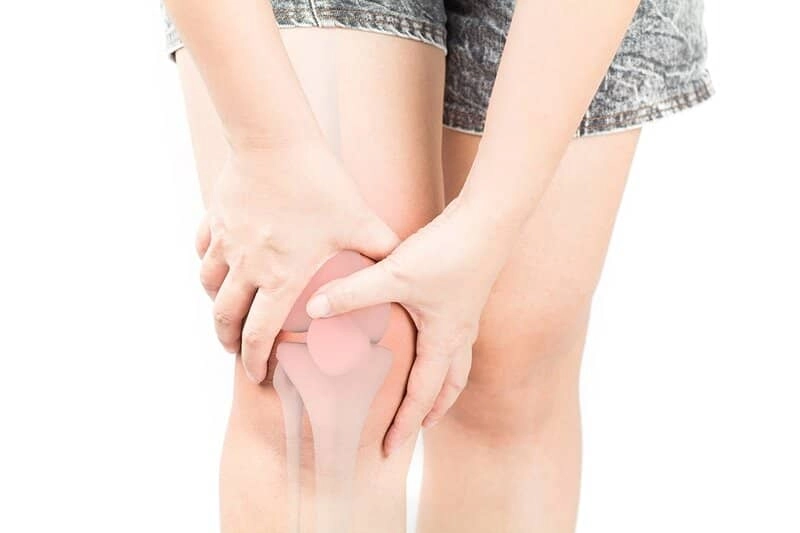
At What Age Does This Occur?
Most people generally associate the “normal aches and pains of aging with what is also called “old age.” When is old age, exactly? That all depends on what age you are when you are asked this question!
Most people say that aches and pains began at 40. Others say they begin in your 50’s, but we sometimes hear people in their 30’s complaining of back, knee, neck, or hip pain!
The truth is that joint health, even knee or spinal health, has little to do with age. Unless a joint has been injured, our joints were meant to last a lifetime.
Before We Talk about the 5 Secrets for Preventing the Normal Aches and Pains of Aging
We would like to stress that sometimes joint or muscle pain is a sign that there is something wrong with the body. Use the following checklist from your top Anchorage chiropractor to determine if you should seek medical attention:
- Is the pain severe?
- Did the pain start suddenly?
- Is the area red or swollen or warm to the touch?
- Did the pain start after a certain incidence and hasn’t subsided or the pain has increased?
If you are experiencing any of the above, you might have a more serious injury or issue. Please consult with your doctor.
The 5 Secrets for Preventing Pain as We Age According to an Anchorage Chiropractor
These secrets aren’t very secret but more to the fact is that people don’t practice them any longer.
Most of us live sedentary lives, watching screens of one sort or another. Our bodies were never intended (or haven’t evolved) to sit or lie down for hours on end each day, doing little or nothing at all.
It’s never too late to get motivated, get moving, and get a move on!
Anchorage Chiropractor’s Secret #1
Practice Balance and Coordination
Do you remember going on those dizzying rides at the county fair as a kid and never thinking twice? Now the mere thought of one of those rides is enough to make you lose your lunch, right?
As children, we tumble about, doing somersaults in the grass, wrestling with friends on the floor and hanging upside down from the monkey bars. As adults, we sit or stand and that’s about it. Your local Anchorage-based chiropractor knows we need to be more active than that.
When you don’t use it, you lose it! Practice your balance and coordination skills by learning some new tricks or skills. Try Tai Chi, which has many studies showing it improves balance and coordination. If you feel brave, take up skateboarding or try a new gymnastics class for adults. An easy hand/eye coordination trick is to balance something like a broom, baton, or even a large twig with your open palm. You can try standing on one leg, like a stork, and see how long you can hold that position. Try to break your record by a few seconds every day. Don’t forget to do both legs!
Mini-trampolines have also been shown to improve balance and improve recovery in forward motion falls after only 14 weeks of use. Dancing also improves balance, especially when practicing those turns!
Your chiropractor can offer advice on how to improve your balance and coordination and safe activities for doing so.
You don’t have to ride the tilt-a-whirl to improve your balance, but it might be fun to try it with your kids or grandkids!
Secret #2
Use Them or Lose Them (Legs and Knees)
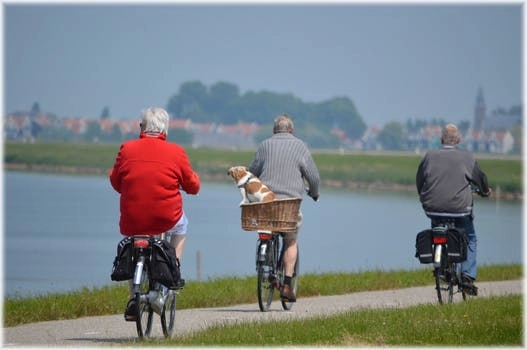
Perhaps one of the first joints people notice pain in is the knees. Leg pain in old age is a given, but it does not have to happen.
Knees can twist and turn and, for better or worse, this action means they can be more easily damaged. Your knees also lack some protection that other joints in the body have, which means you need to rely on strong leg muscles to act as shock absorbers for the knees.
Strong leg muscles go a long way towards having stronger knees. This means getting regular exercise that keep the leg muscles strong.
Men tend to have more knee problems due to sports, but women, especially women with weaker leg muscles, can also have knee pain in their later years.
You can prevent or delay most knee problems through activity that encourages strong leg muscles without being hard on the knees. Running is tough on knee joints, but walking should be encouraged.
Even isometric exercises that can be done almost anywhere have been shown in studies to improve knee pain while strengthening the quadricep muscles of the thighs.
Other knee safe but leg strengthening exercises are Tai Chi, swimming, and bike riding. Therapeutic massage, such as the kind of massage you receive at your chiropractor’s office, can not only relieve joint pain but can help to prevent injuries by keeping the joint flexible.
Injuries aside, most people experience knee and leg pain due to inactivity. So, the “use them or lose them” adage applies here, as it does balance and coordination.
Secret #3
Take Care of Your Neck and Back
Neck and back pain, especially in the lower back, is probably second only to knee pain as the biggest complaint when people grow old.
Although it might not have hit the over 65 crowd yet, we can almost guarantee that “text neck”, which is neck pain caused from looking down at a cell phone or tablet, will be the next sciatica.
Your spine supports every other part of your body, so it makes sense to take care of the entire spine. No matter how strong your legs or arms might be, if you cannot stand due to back pain or if you can’t turn your head, you won’t be able to do much else.
You can avoid most of these problems by taking care of your neck and spine every day of your life. Follow these rules to prevent painful issues in your later years:
- Strengthen your core muscles (which support the spine) through low-impact aerobics and exercise, such as swimming or exercise balls
- Stretch, stretch, stretch! Keep the spine and neck long and supple by practicing stretching exercises, including yoga or Pilates.
- Practice good posture
- Make your workspace ergonomic to avoid back and neck strain
- Don’t lift items that weigh more than 25% of your body weight
- Don’t sleep on worn out mattresses
- See your chiropractor regularly for adjustments and massage, even if you aren’t feeling any pain
- Keep stress to a minimum
- Eat a healthy diet rich in anti-inflammatory foods and vitamin D
Don’t forget to take care of any problems, injuries, or pain issues promptly and don’t ignore them.
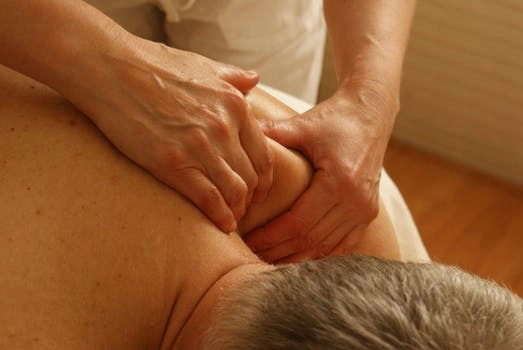
Secret #4
Give Yourself a Hand
Many of us have heard the elderly complain about weak or painful joints in the hands, wrists, or elbows.
Women, especially, tend to feel more pain in their hands and fingers as they typically do finer work over long periods of time, such as crocheting, knitting, or sewing tasks.
This doesn’t mean men aren’t subject to painful joints in the arms, however, men tend to complain more about the wrists and elbows due to repetitive work, such as hammering or mechanics.
You can avoid the pain that comes from these types of “wear and tear” issues by building up the arm muscles and exercising the hands and fingers.
While the elbows tend to be more pain free than other joints, “tennis elbow” (nowadays this is typically called computer elbow) is a very real pain that comes from lifting items that are too heavy, from repetitive motions, or activities that involve holding something (such as typing on a computer or holding a tennis racket or golf club)
You can avoid tennis elbow by using equipment that has the largest handle possible. This will prevent you from gripping handles too tightly, putting strain on the tendons.
Avoid the pain of computer elbow by stretching your arms, hands, wrists, and fingers at least every 2 hours.
Keep your mouse close by so you don’t place too much stress on the tendons. You should also make sure that your computer desk set up is ergonomically correct. This article explains the correct setup for desktop computers and keyboards.
Massage therapy and chiropractic adjustments can be helpful in preventing injury to these areas or reducing pain levels if these joints should become inflamed or damaged.
Secret #5
You Are What You Eat
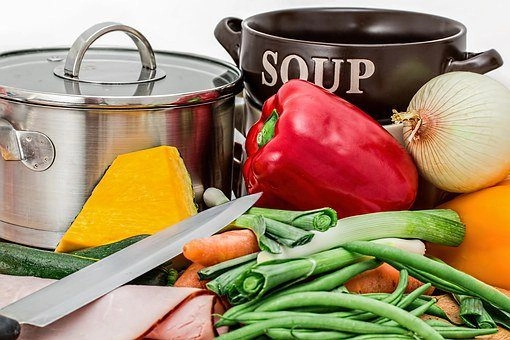
You might not believe that food can have an impact on your joints, but it certainly can!
While some joint pain comes from inactivity, inflammation can be caused by an injury or by eating certain foods.
Common foods that lead to or encourage inflammation in joints include:
✓Sugar
✓Saturated fat (such as pizza, red meat, and margarine)
✓Trans Fats (including cookies, donuts, and crackers)
✓Alcoholic drinks (more than 1 per day for women and 2 per day for men)
✓Refined carbohydrates (such as white bread or pasta)
✓Most vegetable oils (including corn, soy, sunflower, safflower, and canola oil)
Studies show that the best foods for reducing inflammation include:
✓Cold water fish
✓Garlic
✓Curcumin
✓Beans
✓Olive oil
✓Cherries
✓Berries (strawberry, blueberries, raspberries, etc.)
✓Dark green leafy vegetables
✓Green tea
It might also interest you to know that your chiropractor can help to lower inflammation levels by reducing the body’s production of two inflammation producing cytokines. They can also offer you nutritional advice as well as offer information regarding supplements which can also reduce inflammation.
The Bottom Line
Most of what we are told is the normal aches and pains of aging actually come from inactivity, an improper diet, repetitive abuse of our joints.
You can avoid old age stiffness through exercise, stretching programs, a healthy diet, and by taking proactive measures with your health by seeing your doctor, dentist, and your Anchorage chiropractor regularly.



